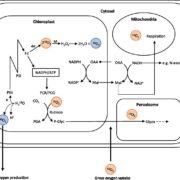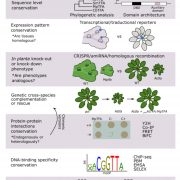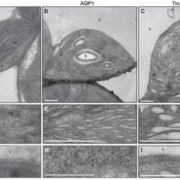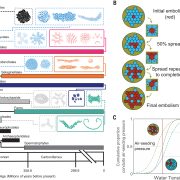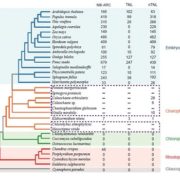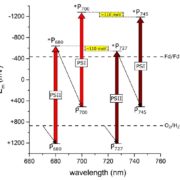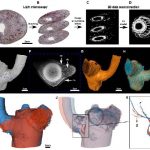Shared expression of crassulacean acid metabolism (CAM) genes pre-dates the origin of CAM in the genus Yucca (J Exp Bot)
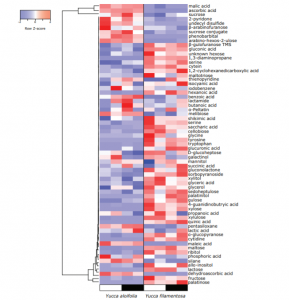 Crassulacean acid metabolism (CAM) is a carbon fixation pathway that reduces photorespiration and increases water use efficiency, enabling CAM plants to survive in inhospitable environments. The evolution of CAM on 35 independent occasions across angiosperms makes it a notable case study of convergent evolution. Here, Heyduk et al. perform transcriptomic and metabolomic analysis on a time course dataset of three Yucca (Asparagaceae) species, representing C3, CAM and C3/CAM intermediate photosynthetic strategies. Distinct transcript profiles revealed differences in gene expression of certain core CAM genes between C3 and CAM species. Metabolomic variation identified differences of starch and soluble sugar metabolism, highlighting the fitness costs associated with CAM. However, similarities of particular CAM genes (e.g. PEPC) in C3 and CAM plants at the expression level were identified suggesting the presence of shared traits in the ancestral Yucca genome which enabled the evolution of CAM photosynthesis. (Summary by Alex Bowles) J. Exp. Bot. 10.1093/jxb/erz105
Crassulacean acid metabolism (CAM) is a carbon fixation pathway that reduces photorespiration and increases water use efficiency, enabling CAM plants to survive in inhospitable environments. The evolution of CAM on 35 independent occasions across angiosperms makes it a notable case study of convergent evolution. Here, Heyduk et al. perform transcriptomic and metabolomic analysis on a time course dataset of three Yucca (Asparagaceae) species, representing C3, CAM and C3/CAM intermediate photosynthetic strategies. Distinct transcript profiles revealed differences in gene expression of certain core CAM genes between C3 and CAM species. Metabolomic variation identified differences of starch and soluble sugar metabolism, highlighting the fitness costs associated with CAM. However, similarities of particular CAM genes (e.g. PEPC) in C3 and CAM plants at the expression level were identified suggesting the presence of shared traits in the ancestral Yucca genome which enabled the evolution of CAM photosynthesis. (Summary by Alex Bowles) J. Exp. Bot. 10.1093/jxb/erz105


